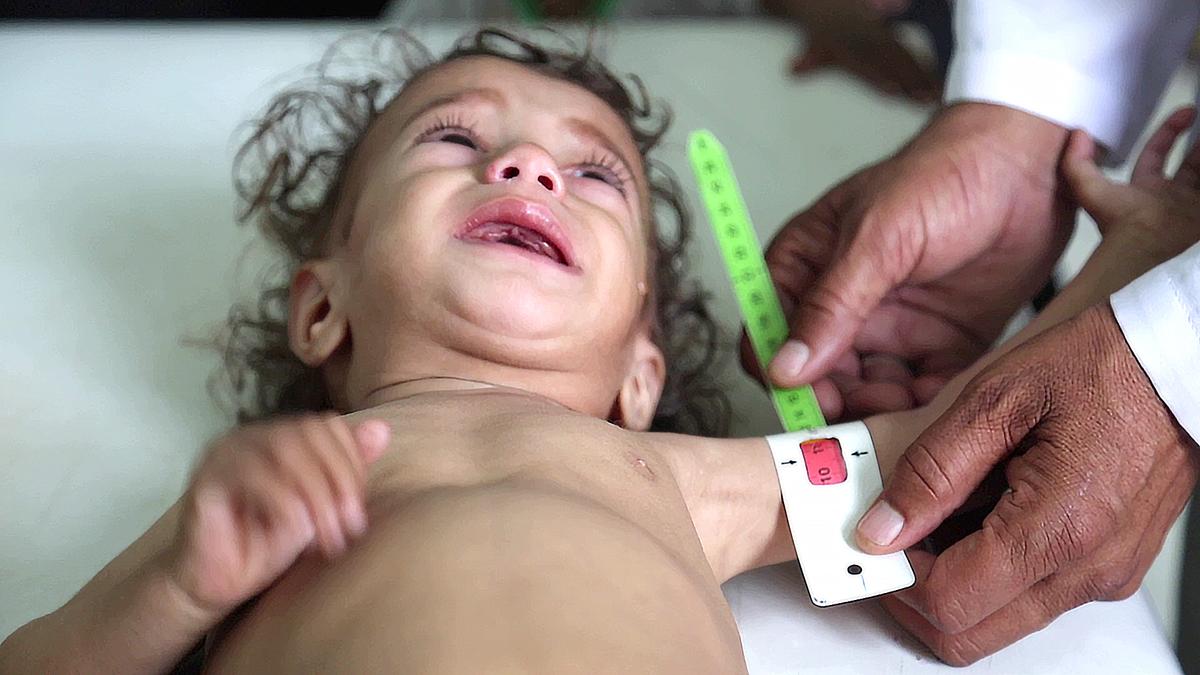An additional one million severely food insecure children in Yemen risk falling into famine as families struggle to afford basic food and transport to health facilities for treatment, said Save the Children on September 19, 2018.
This brings the total number of children in Yemen at risk of famine to 5.2 million. Already, more than two-thirds (64.5 per cent) of Yemen’s population don’t know where their next meal is coming from.
As Hodeidah experiences renewed fighting there is a real risk its port – a vital lifeline for goods and aid for 80 percent of Yemen’s population – could be damaged or temporarily closed, reducing the supply of available of food and fuel as well as driving up prices even further. This would put the lives of hundreds of thousands of children in immediate danger while pushing millions more into famine. The United Nations has warned that failure to keep food, fuel and aid flowing into Yemen, particularly through Hodeidah, could result in one of the worst hunger crises in living history.
A depreciating currency and collapsing economy are pushing communities to the brink of starvation.
Food prices are up by an average of 68 percent since 2015. The Yemeni Rial (YER) has depreciated nearly 180 percent in the same period. It now costs 600 YER to buy one US dollar, up from 215 YERwhen the conflict escalated more than three years ago. The price of fuel commodities like petrol, diesel and cooking gas has increased by 25 percent between November last year and September 2018. The price of food has doubled in some parts of the country in just a matter of days.
Though there are food supplies in the marketplace, for now, families are unable to afford even the most basic items like bread, milk or eggs, making an already precarious situation even worse. Our teams have heard that some households are being forced to make impossible choices like deciding to take a malnourished baby to a hospital at the expense of feeding the rest of the family.
A recent UN survey of 2,098 respondents across Yemen confirms the extent of the problem. An alarming 98 percent of households said food was their primary expenditure. Equally alarming, 93 percent named high commodity prices as their primary challenge, including food and fuel, while 72 percent of households said they’re cutting down on food consumption to cope with a lack of income.
Nutrition surveys conducted during the first half of 2018 confirm alarming rates of malnutrition. In Hodeidah for example, home to Yemen’s largest commercial port and the primary gateway for food and fuel to the rest of the country, one in every twenty children under five years is suffering from severe acute malnutrition. Half of all children in Yemen are stunted.

Mohammed Awadh / Save the Children
Yemen: A Million More Children Threatened by Famine
Total of 5.2 Million Children at Risk in Country


